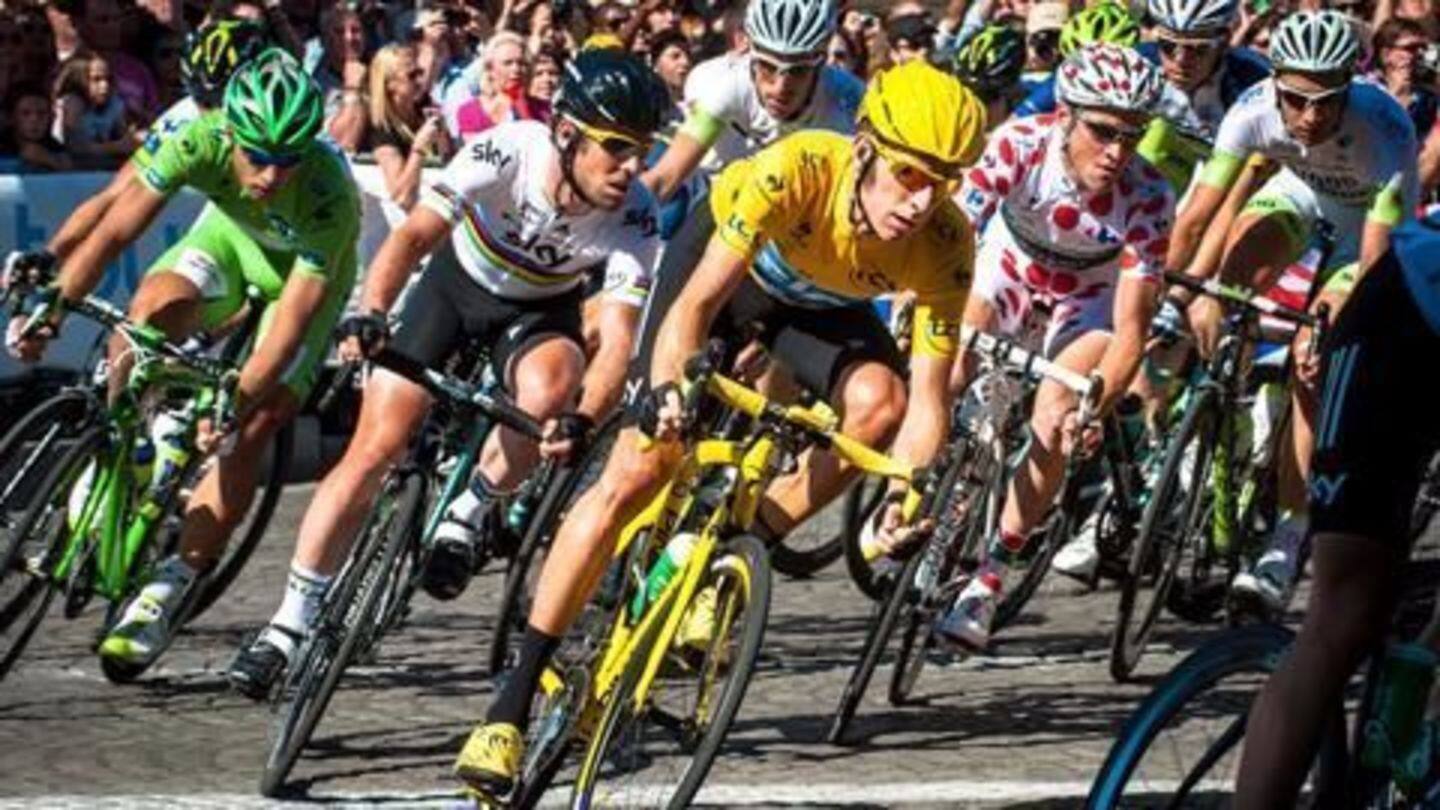
What helps a Tour de France cyclist last 23 days
What's the story
Ever wondered how a Tour de France cyclist manages to cover a whopping 3,519 kms across 21 stages in just 23 days. Of course, mental determination, fitness and practice are all essential but you cannot ignore the role of a calorie-packed diet. The riders cycle every day with only 2 rest days in between. Find out what the Tour diet is made of!
Diet
How does the every day diet of cyclists look like?
Breakfast is a mix of carbohydrates and proteins. Carbohydrates include porridge, pasta, rice, quinoa, assorted bread with vegetable and fruit juices and for high protein intake eggs, smoked salmon and Greek yogurt are added. During the race, riders may carry bananas and protein bars. Homemade rice cakes and bespoke products are best for refuelling.
Mechanics
The mechanics of the Tour diet
The everyday diet of any Tour de France cyclist is based on a number of factors like how long the stage is, the terrain to be covered, and the body weight of the rider. Depending on these factors The Tour riders consume between 5000 and 8000 kcal per day. High energy diet is given for mountain stages and low for flat stages.
Challenges
Nutritional challenges before the rider
Despite a planned diet, riders face a number of nutritional challenges throughout the 21-day-race. Eating the same carbohydrates every day could lead to meal fatigue and appetite suppression, which may cause under-fuelling. Sometimes riders end up over-fuelling in multiple stages, which may result in weight gain. Weight gain during the third-week of the game could jeopardize the result.
Data
Timing the meal is equally important
Timing the meal is what the experts pay most attention to. Eating the right meal in the right quantity at the wrong time is equal to not eating at all for riders.
Dehydration
How do riders avoid dehydration?
Sufficient intake of fluids at every stage - before, during and after riding is what keeps dehydration at bay. Hydration needs of every individual rider are different, which is why fluid intake is tailored according to every rider. This is done by tracking hydration changes in a cyclist during training sessions though body mass, i.e., 1kg of sweat loss = 1kg of body weight.